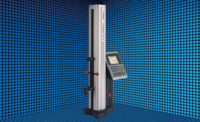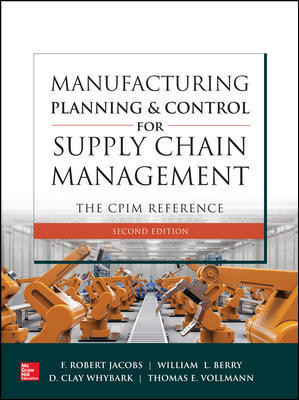Document control helps manufacturers keep their documents in check. Organizations use document control software to manage structured documents used in the design, development and manufacturing of products, throughout their entire lifecycles.
In other words: Document control defines manufacturing workflows and recognizes the roles and responsibilities of everyone involved.
Document management is another beast. While it shares many of the same features and functions as document control, such as storing, locating, updating, tracking and sharing documents, it does so in a broader sense. Popular productivity tools such as SharePoint or OpenText are examples of document management solutions.
How document control is used
Document control systems are suitable for specific organizations, such as those functioning in regulated industries. The manufacturing field, where compliance is essential, has come to rely on document control systems for this reason.
Here are typical ways organizations utilize document control.
- To manage lifecycles: Document control systems are responsible for storing documents and for determining how they may be used, from inception to storage.
- To chronicle usage: Organizations can use document control systems to creates audit trails. The system tracks document revisions with data and time stamps.
- To enable access control: Document control systems identify users positions and locations to decide what document functions they can access, such as ‘create’, ‘view’, ‘modify’, ‘approve’, and ‘delete.’
- To boost teamwork: Centralized document control makes it easy for an entire organization to access and share documents, if they choose.
- To enable compliance: These systems simplify compliance reporting processes and audits. They guarantee that users create, approve and store the necessary documents to align with industry specific standards.
Software’s role
Document control software is the crux of the system. It consolidates and simplifies all compliance-related document processes and workflows. It automates critical processes that can otherwise be tedious, such as reviewing, approval, distribution, retrieval, and more. Instead of leaving room for human error, this system manages important documents while tracking all revisions to simplify compliance requirements and audits.
Its centralized, digital nature makes it handy when organizations lose data or experience interruptions, as well.
Document control software automates critical document management processes, which ultimately helps organizations to save time and reduce expenses.
It systematizes essential document management processes, thwarting errors and centralizing access to important company forms, reports, checklists and more.
Here are some of the ways document control software can help manufactures stay organized and meet important regulations:
- Unify documents: This technology enables manufacturers to manage documents in a centralized system and put in place consistent, document approval and workflow processes across their enterprises.
- Combined workflows: Document control software helps businesses manage change and reduce necessary administrative work. It automates tasks such as document reviews and approvals and manages documents across their lifecycles.
- Access controls: This software contains integrated access controls so users can securely share approved documents, both within and beyond an organization’s four walls, while still maintaining complete audit trails.
- Maintain compliance: Manufacturers using this software can retain records of all revisions. This is especially key for important documents that will be reviewed during audits. This “paper” trail ultimately empowers organizations to adhere to industry regulations and standards.




